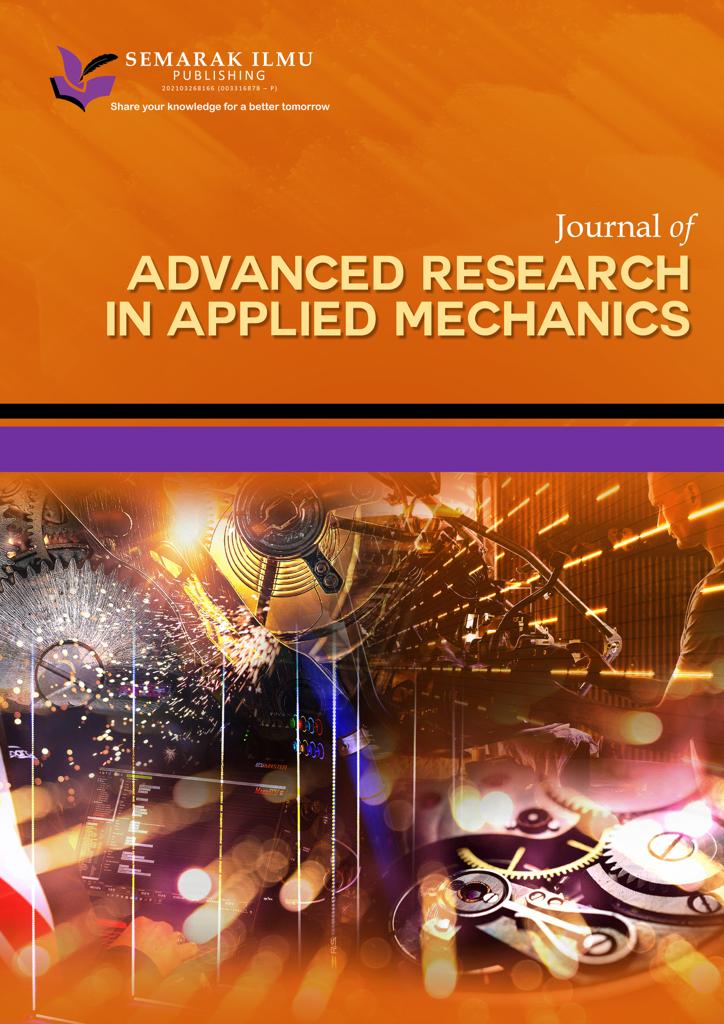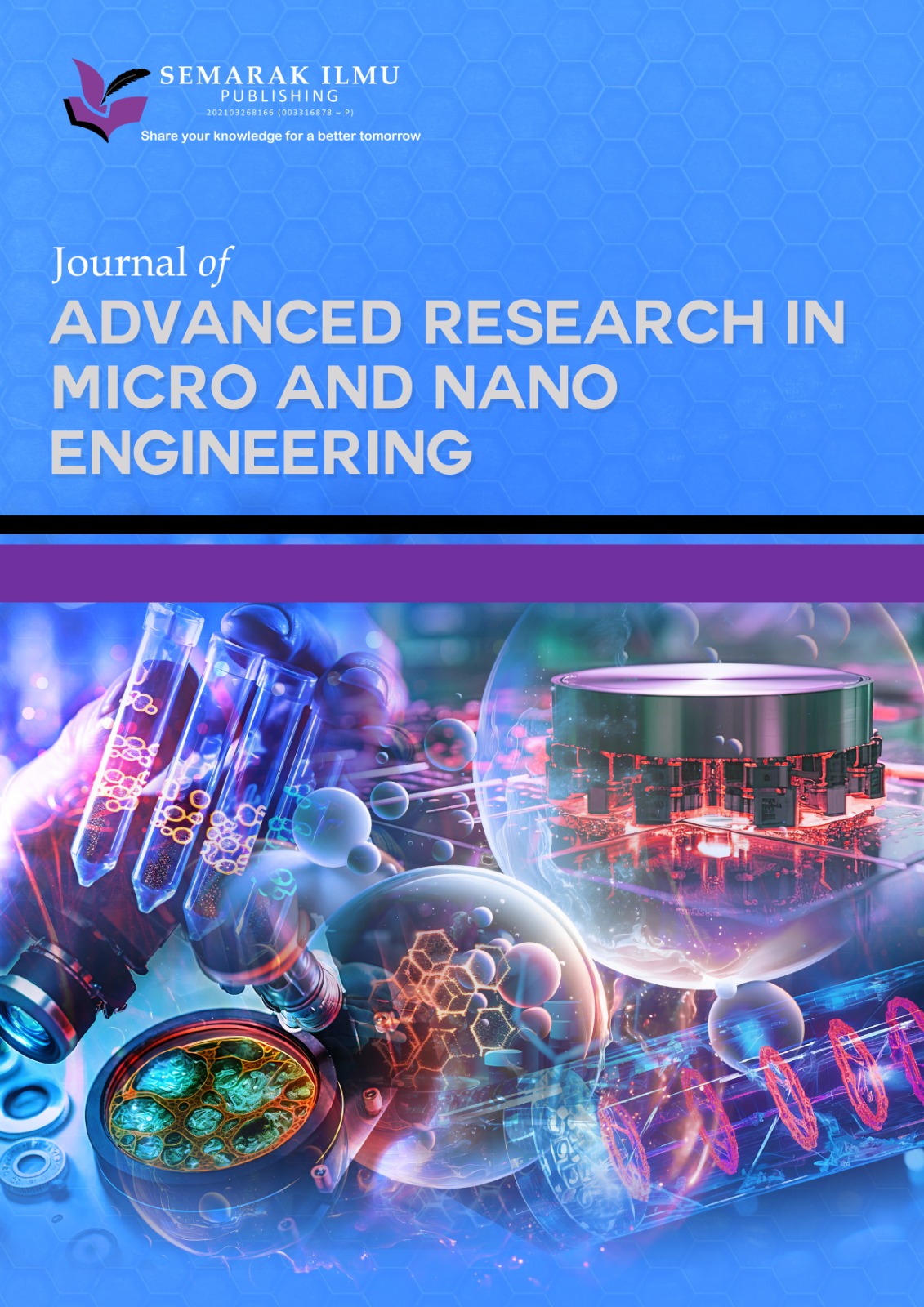The Implementation of Augmented Reality for Vocabulary Teaching and Learning: A Systematic Review
DOI:
https://doi.org/10.37934/araset.57.2.100115Keywords:
augmented reality, teaching, learning, vocabularyAbstract
With the rapid growth of Augmented Reality (AR), more research is being conducted to determine how well this technology works in the educational setting. However, a review of the effectiveness of AR in students’ vocabulary learning is scarce despite its importance in sustaining education. Thus, this paper employed the Preferred Reporting Items for Systematic Reviews and Meta-Analyses (PRISMA) method to highlight AR technology's potential as an educational tool. Advanced searching has been used through Scopus and Web of Science (WoS) databases, the main platforms for article sources. Based on the search results, we discovered (n = 20) published articles that associated AR in vocabulary teaching and learning were extracted out of (n = 83) from 2018 to 2023. The results suggested the research objectives, methods and tools, participants, and AR applications. Expert scholars decided to develop three themes, which are (1) the usage of AR in vocabulary teaching and learning, (2) the effect of AR-assisted on student’s learning performance, and (3) issues and obstacles. This study also demonstrated that AR technology might be perceived as a platform for personalized learning, which is one of the affordances of this technology. It might improve learning outcomes, particularly in vocabulary acquisition and learning satisfaction. It might also help with the development of linguistic performance. In conclusion, this systematic study aims to add crucial information to the current knowledge, providing valuable insights for educators, researchers, and policymakers, ultimately paving the way for more targeted and impactful AR-assisted vocabulary learning experiences in diverse educational settings.
Downloads






















